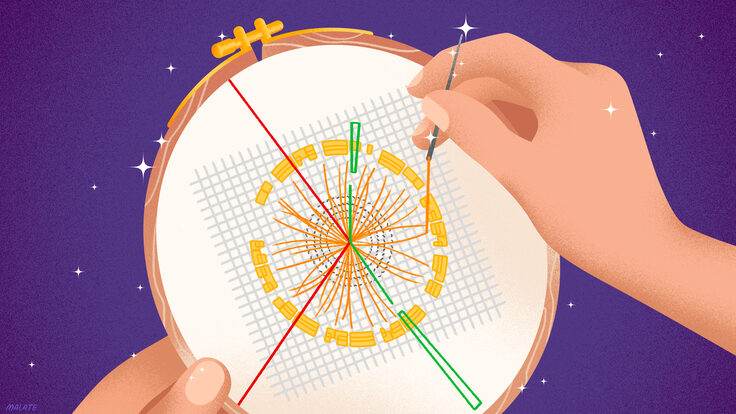The Higgs boson can't catch a pop culture break lately.
First the gargantuan machine, the Large Hadron Collider, designed in part to find the Higgs, is accused in a lawsuit of being able to create a black hole large enough to swallow the Earth, spawning a multitude of online simulations, cartoons, and even jokes by renowned television hosts.
Now the search for the Higgs is wrapped up in the motivation for a murder.
OK. It's a TV murder mystery, but really that's just as likely to occur in real life as the black-hole-led demise of the planet, right?
Anyway, in a nod to how prevalent particle physics references have suddenly become in everyday conversation, the forensics-based crime drama Bones featured the Higgs boson prominently in episode 18 of season four, The Scientist in the Physicist. References to the Higgs, LHC, black holes, particle physics theorists, and even carbon dating devised from accelerators dotted the episode.
Bones is just the latest TV program to embrace science in general and often particle physics, including Numb3rs' character cosmologist and theoretical physicist Larry Fleinhardt who told nine million viewers in 2008 that he had accepted an offer to join the Fermilab's DZero experiment, calling it "the work of a lifetime."
For Bones' leading man, David Boreanaz, who plays Special Agent Seeley Booth, the nod to basic research is nothing new. He is well-known for his portrayal of the vampire Angel on Buffy the Vampire Slayer, which author Jennifer Ouellette, used as a tool to explain complex particle physics concepts in The Physics of the Buffyverse.







